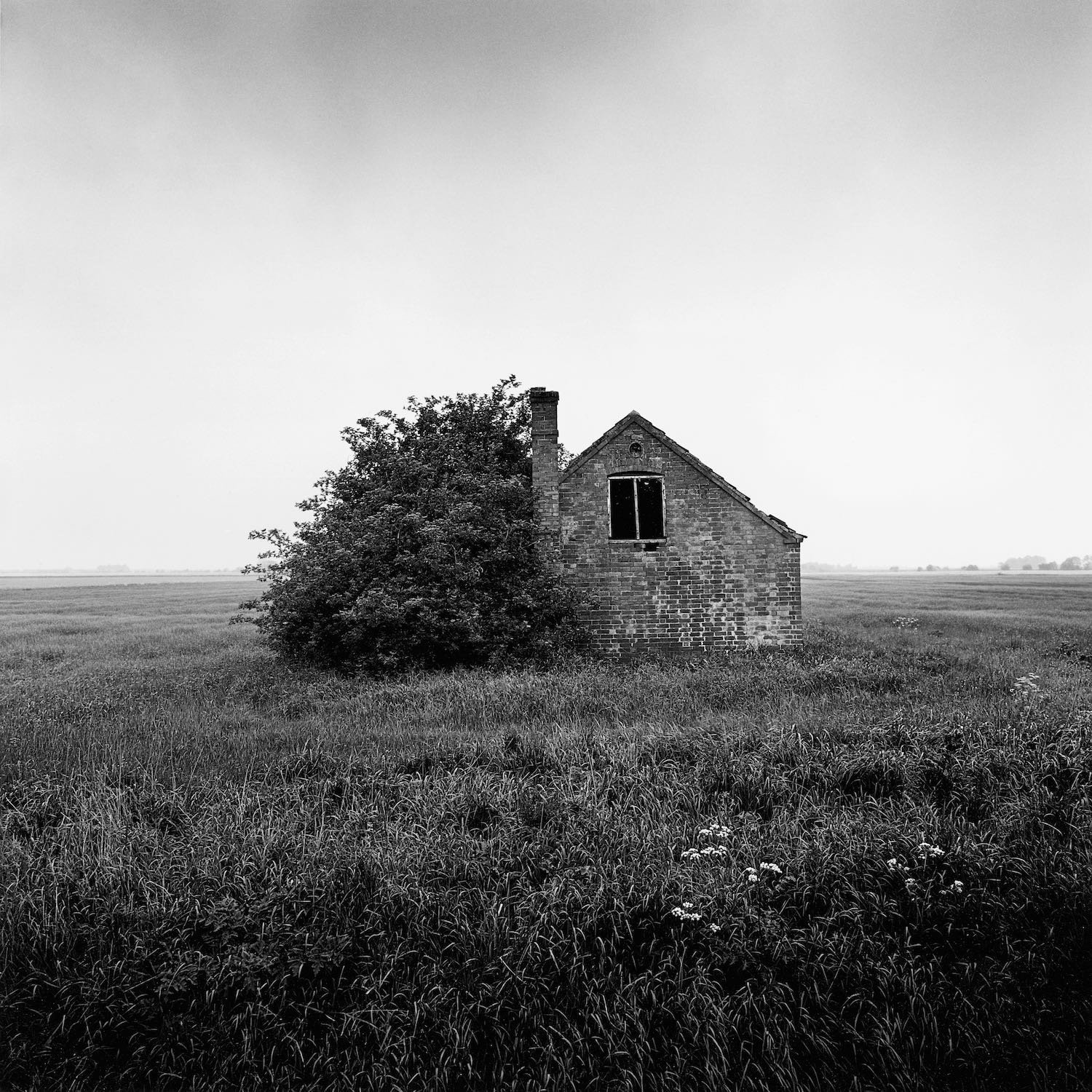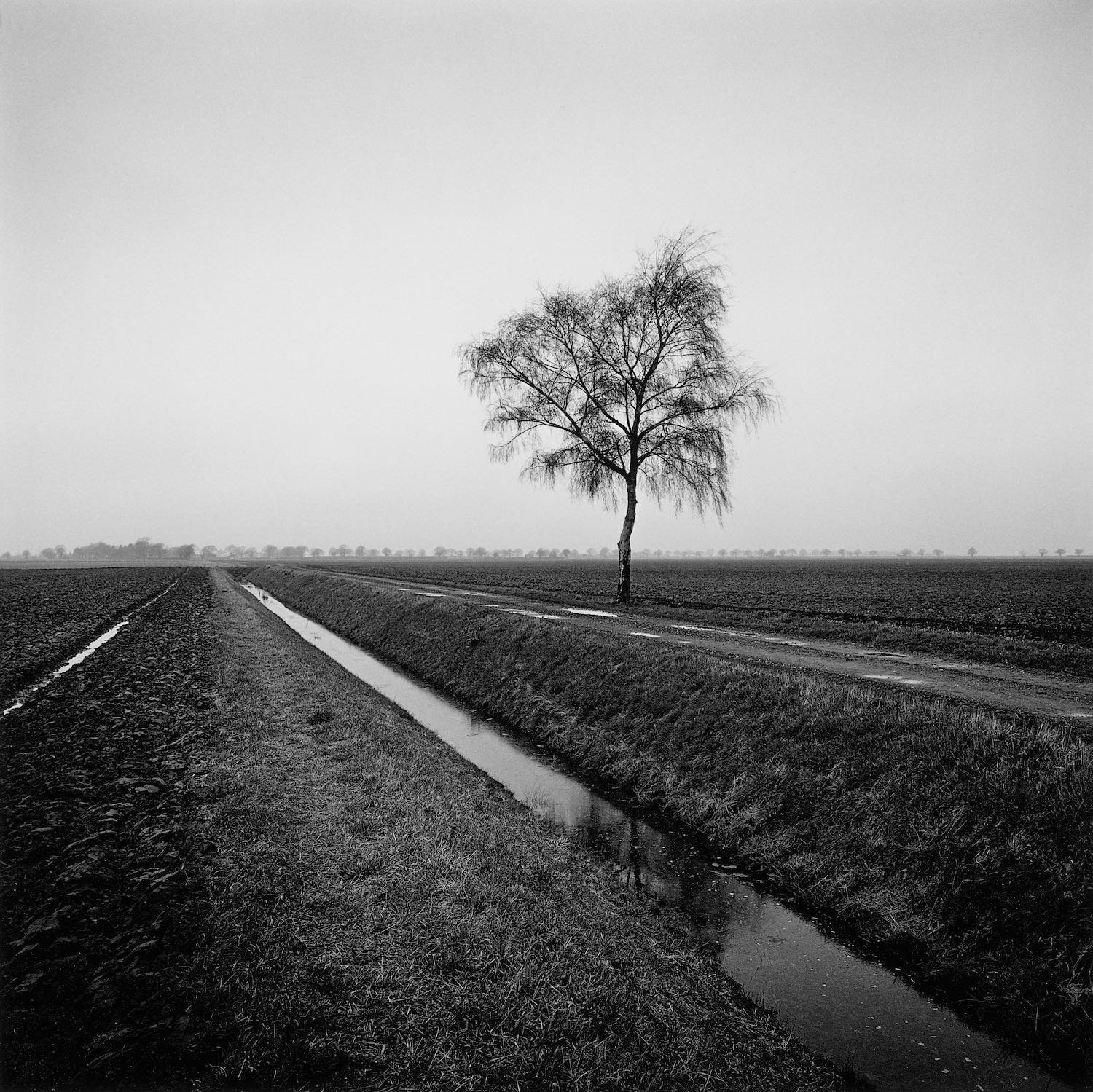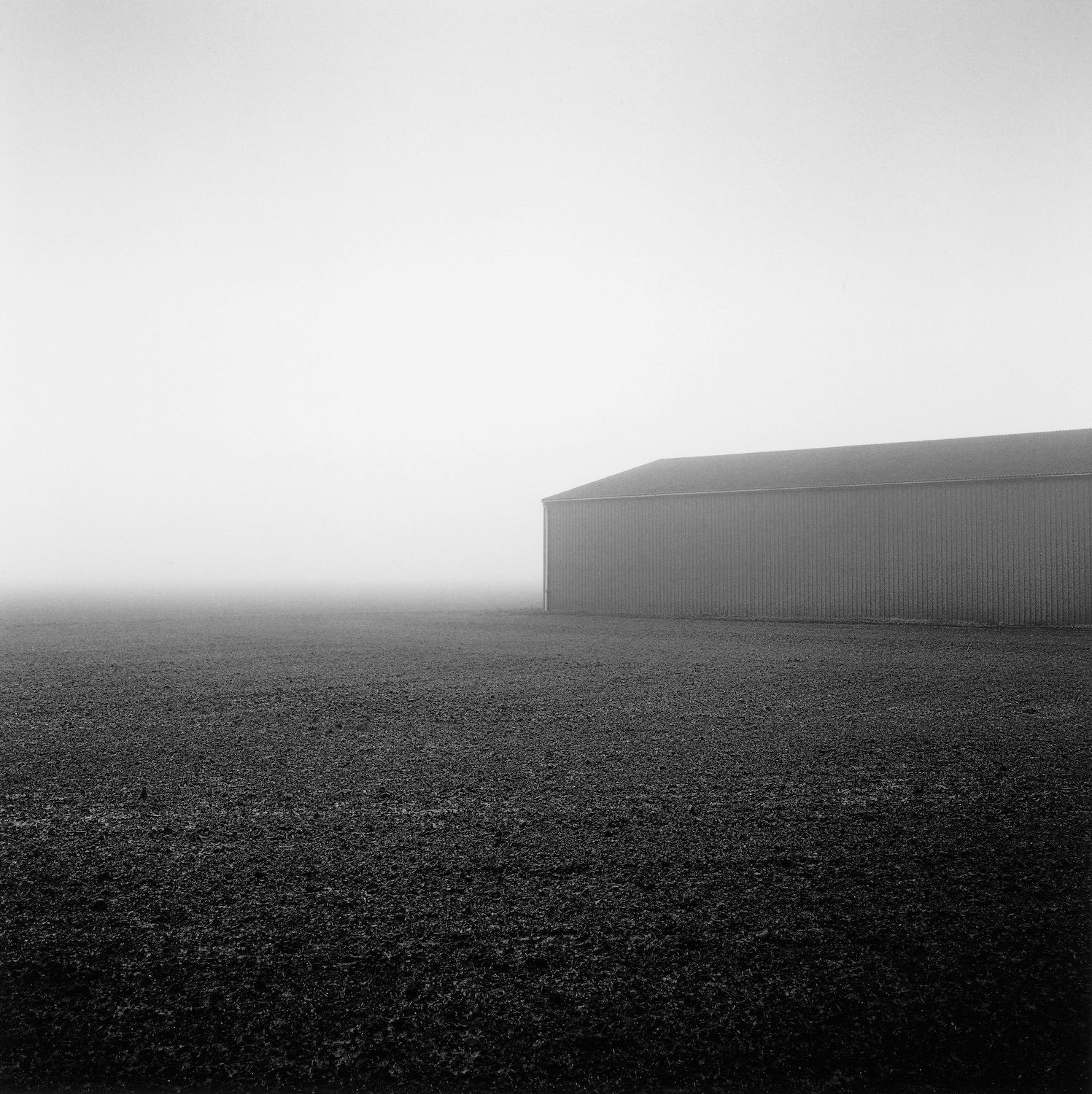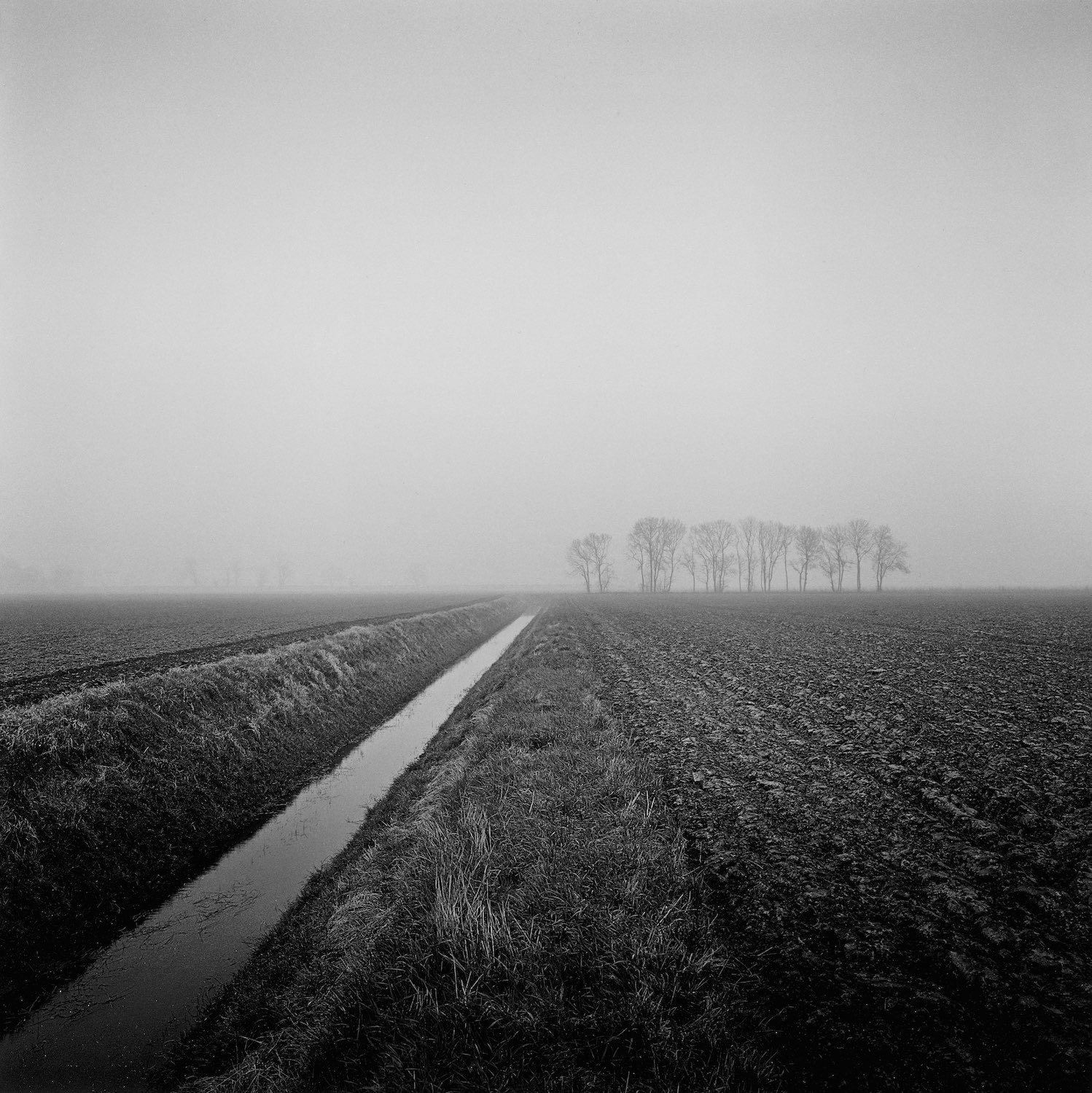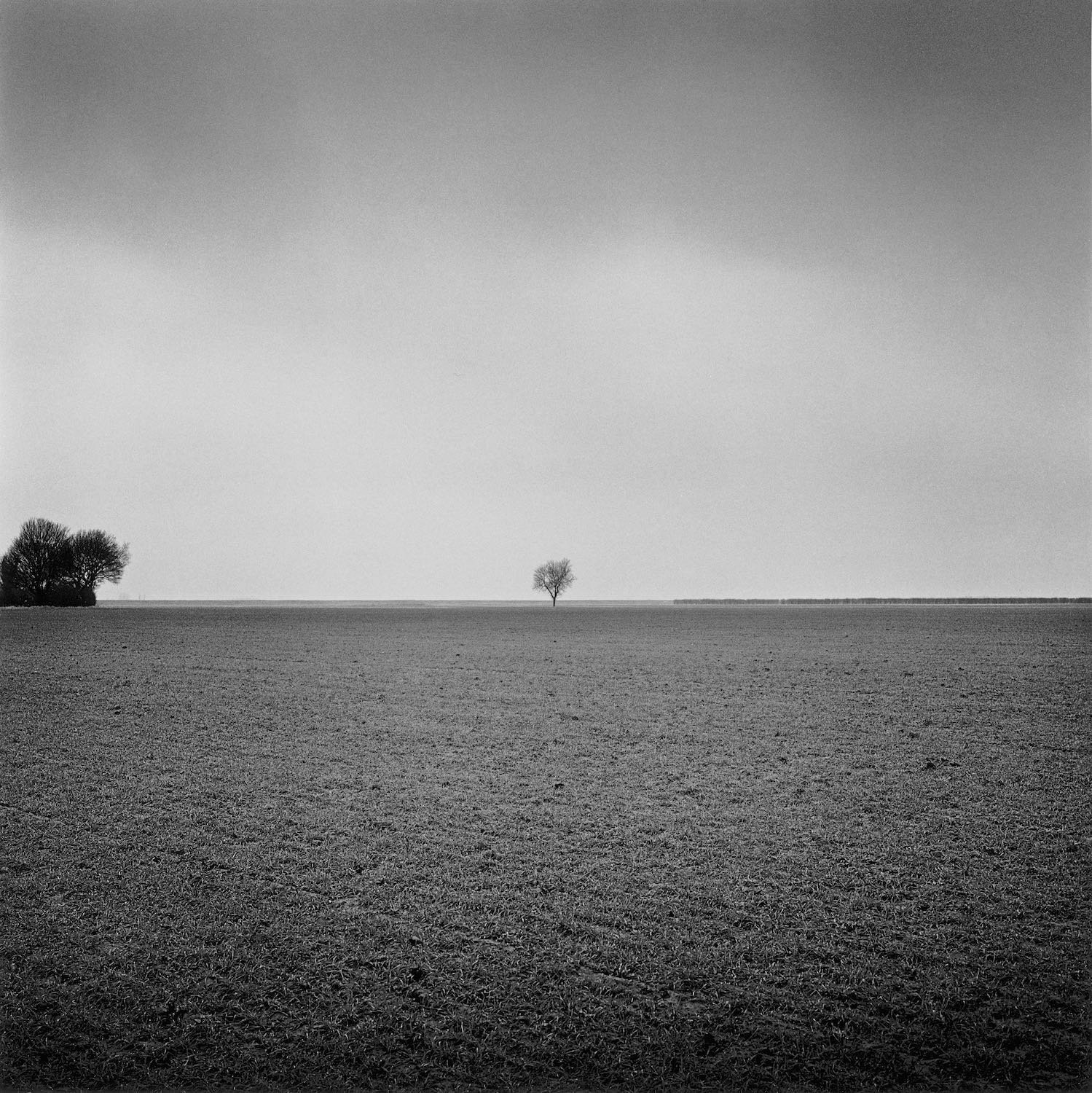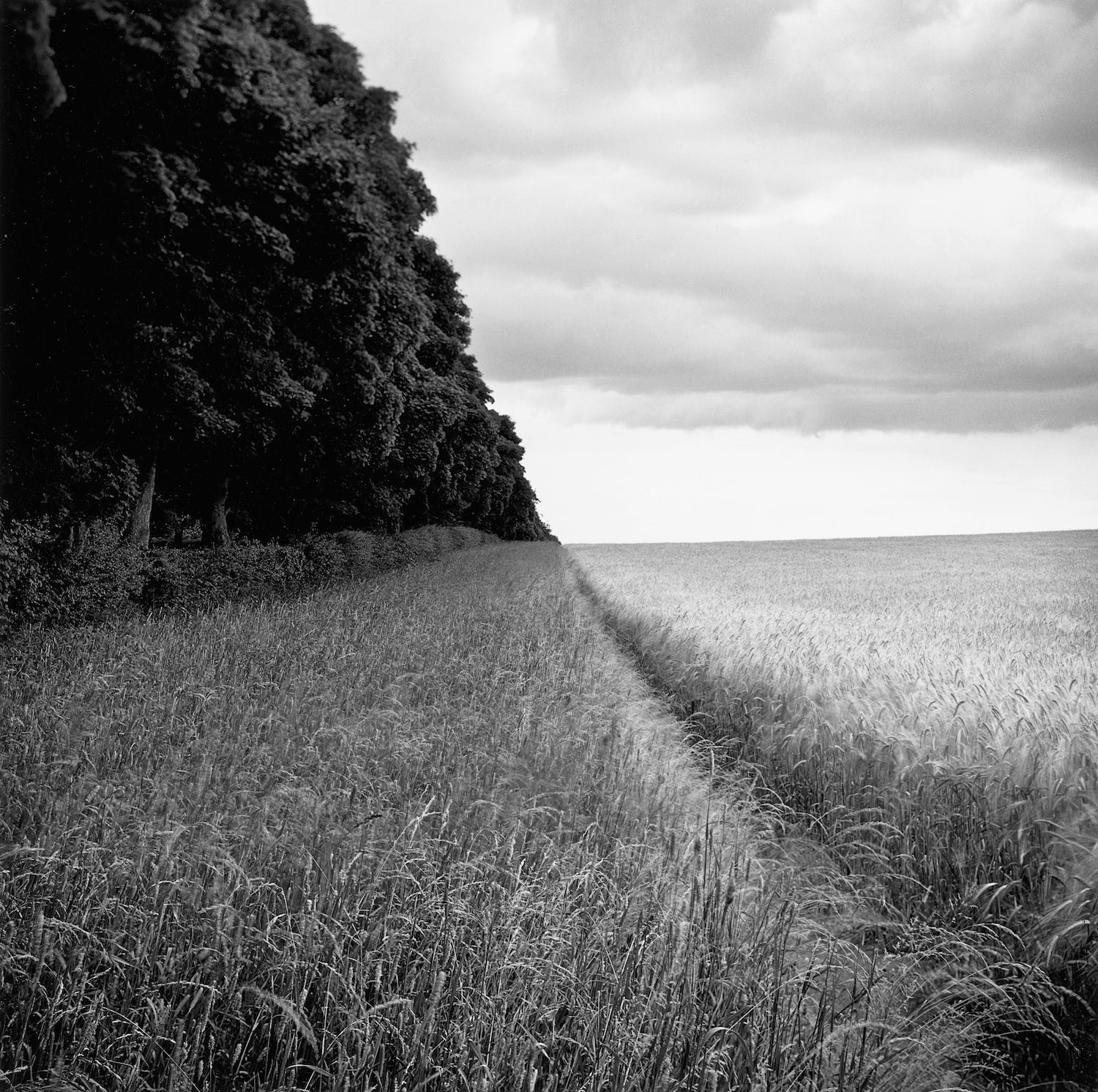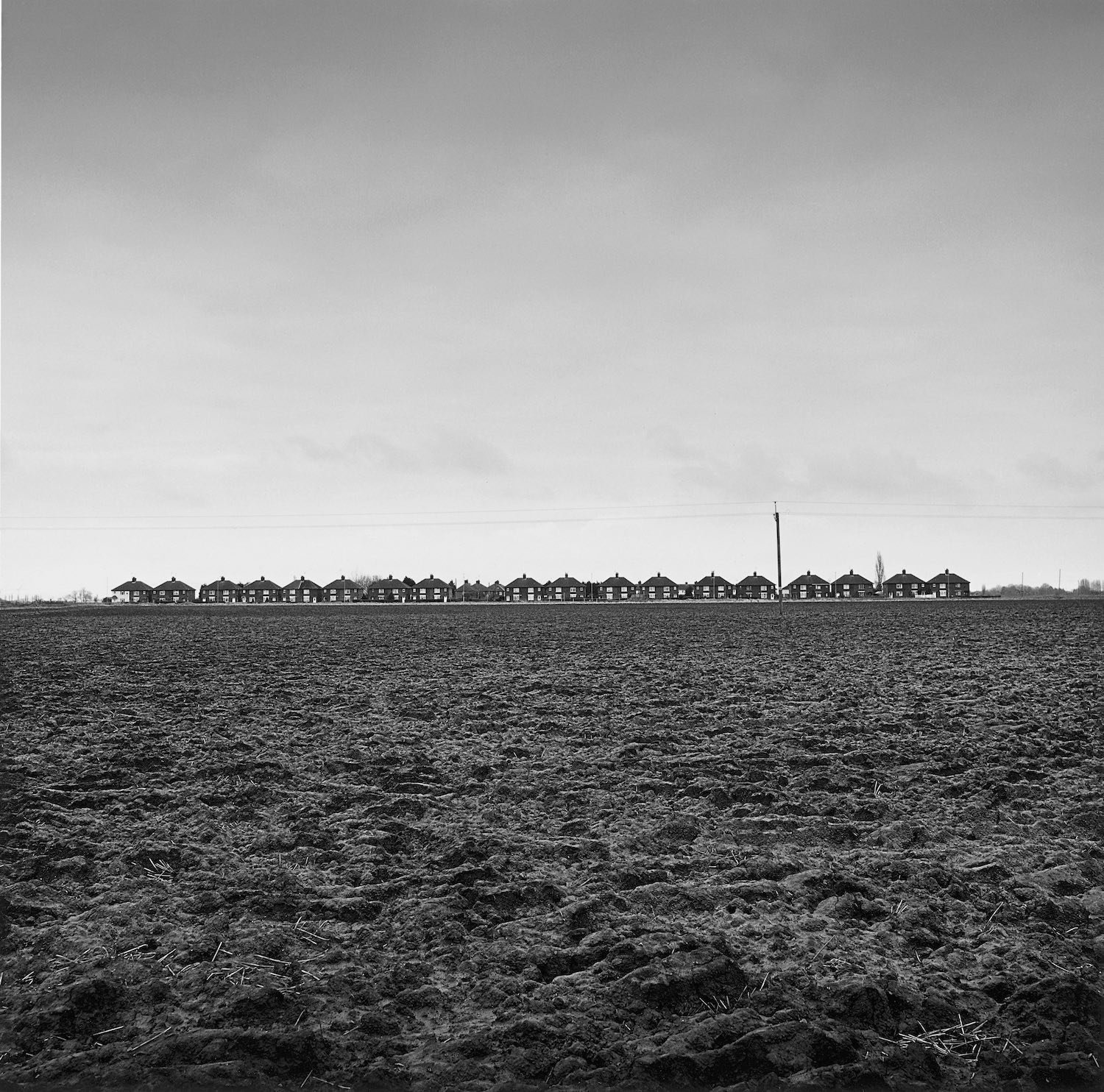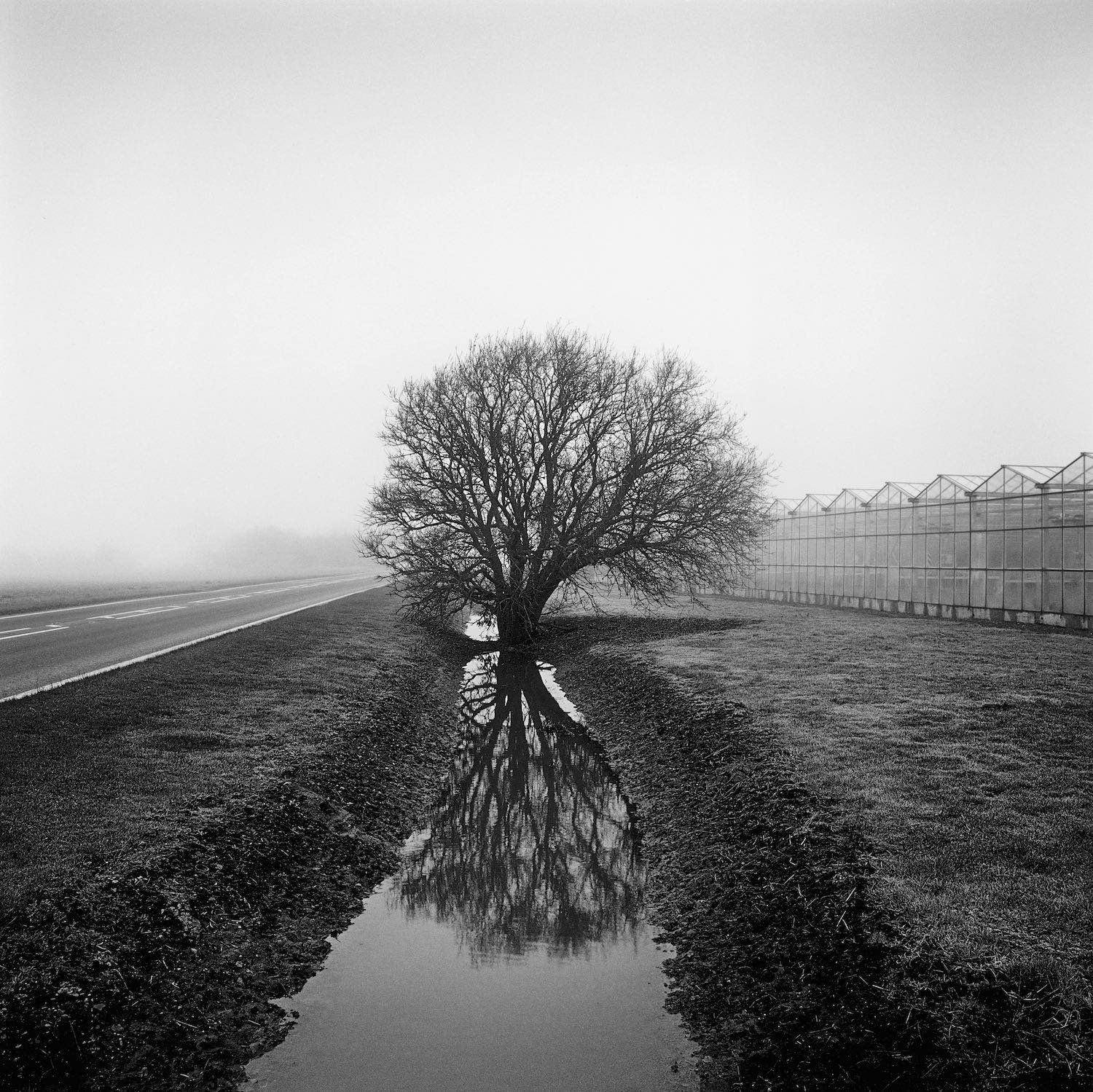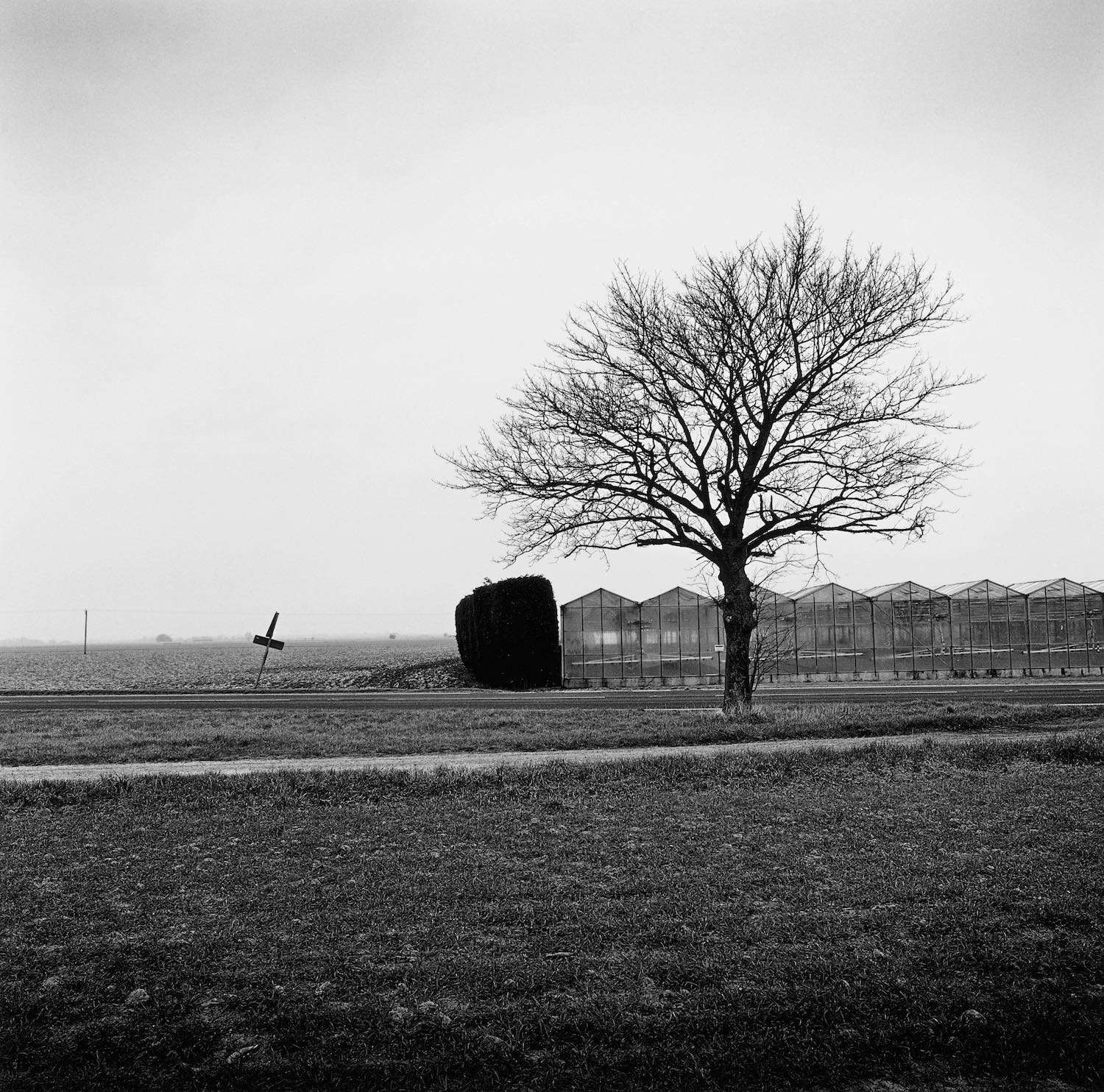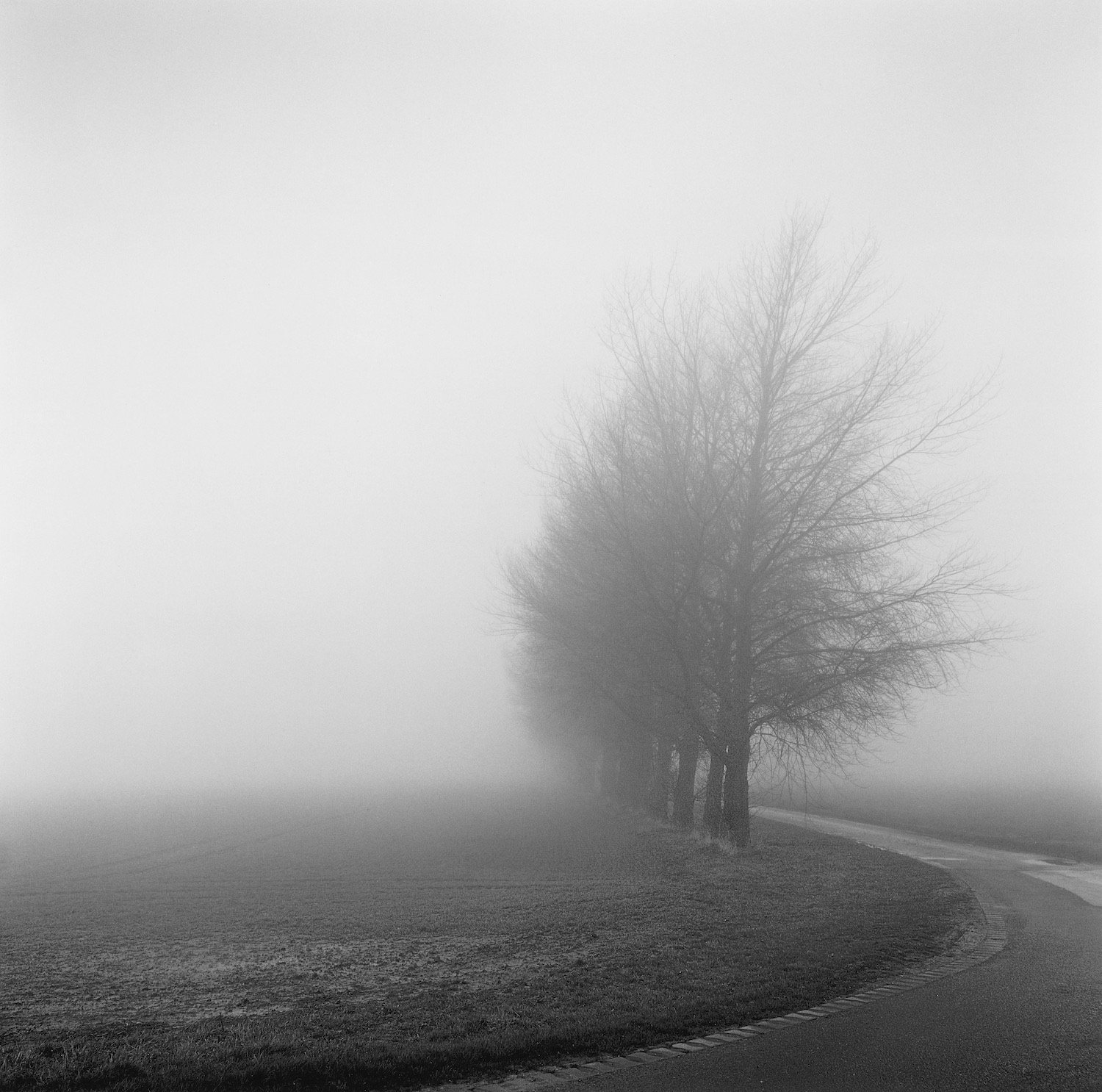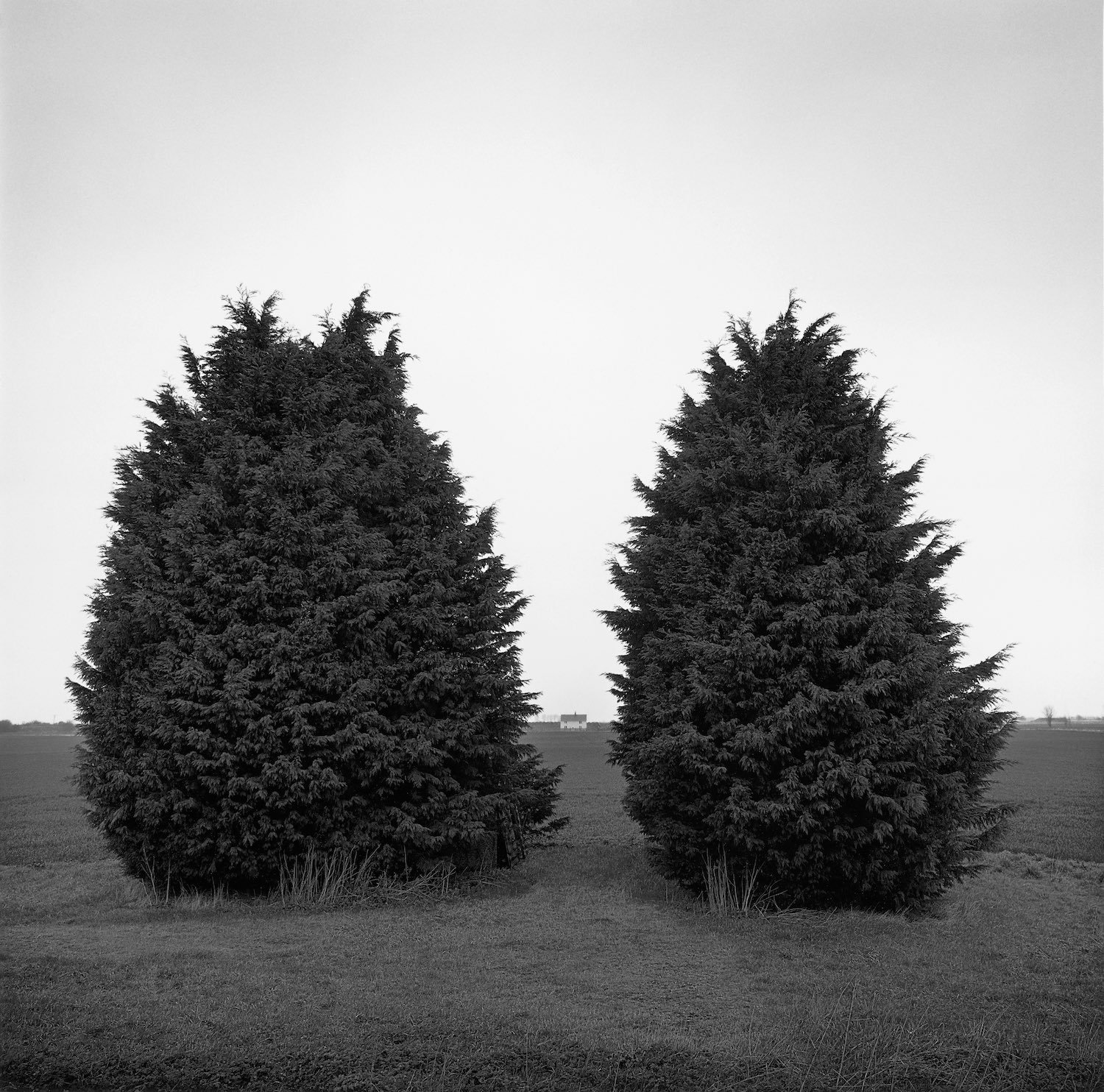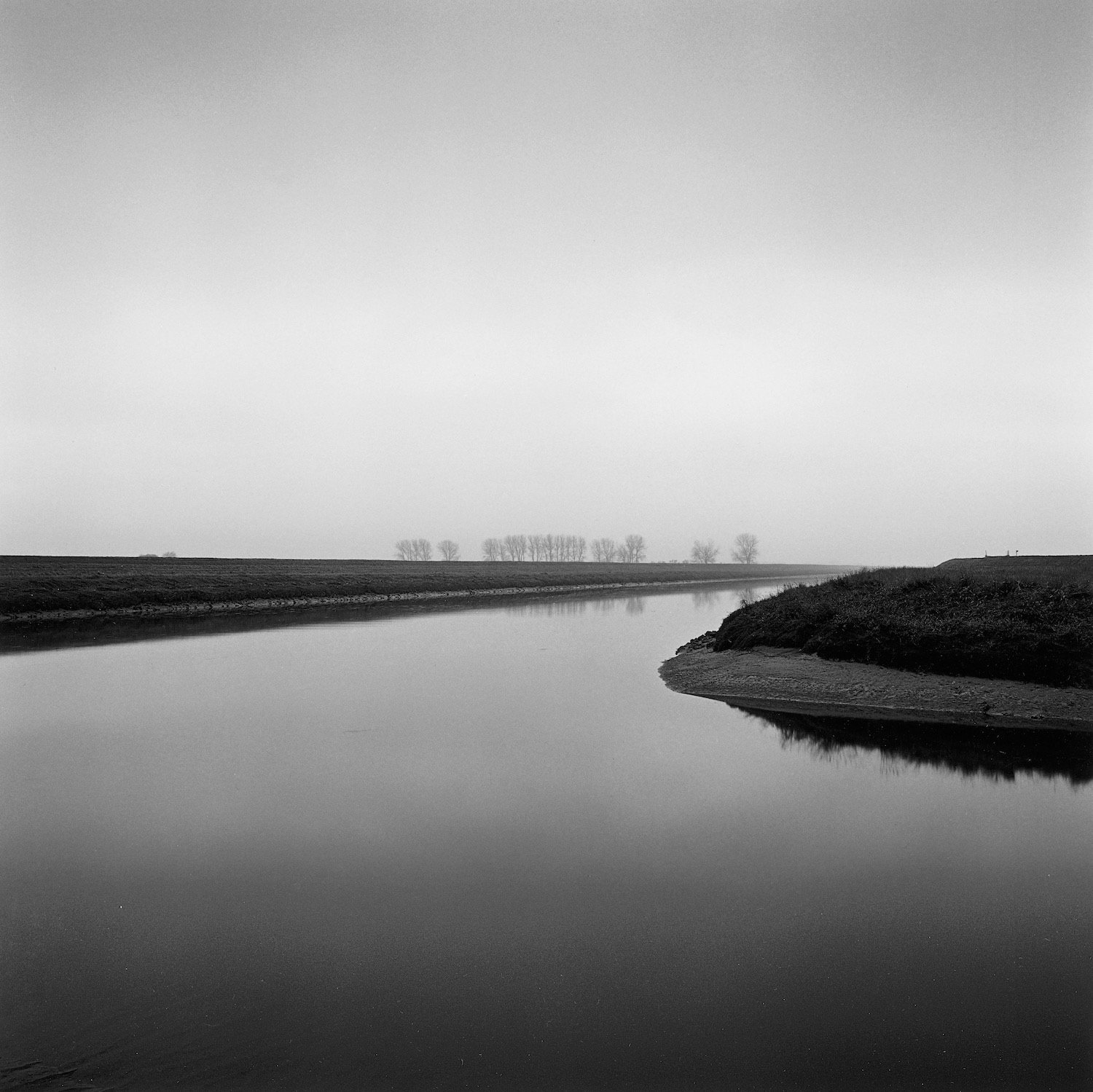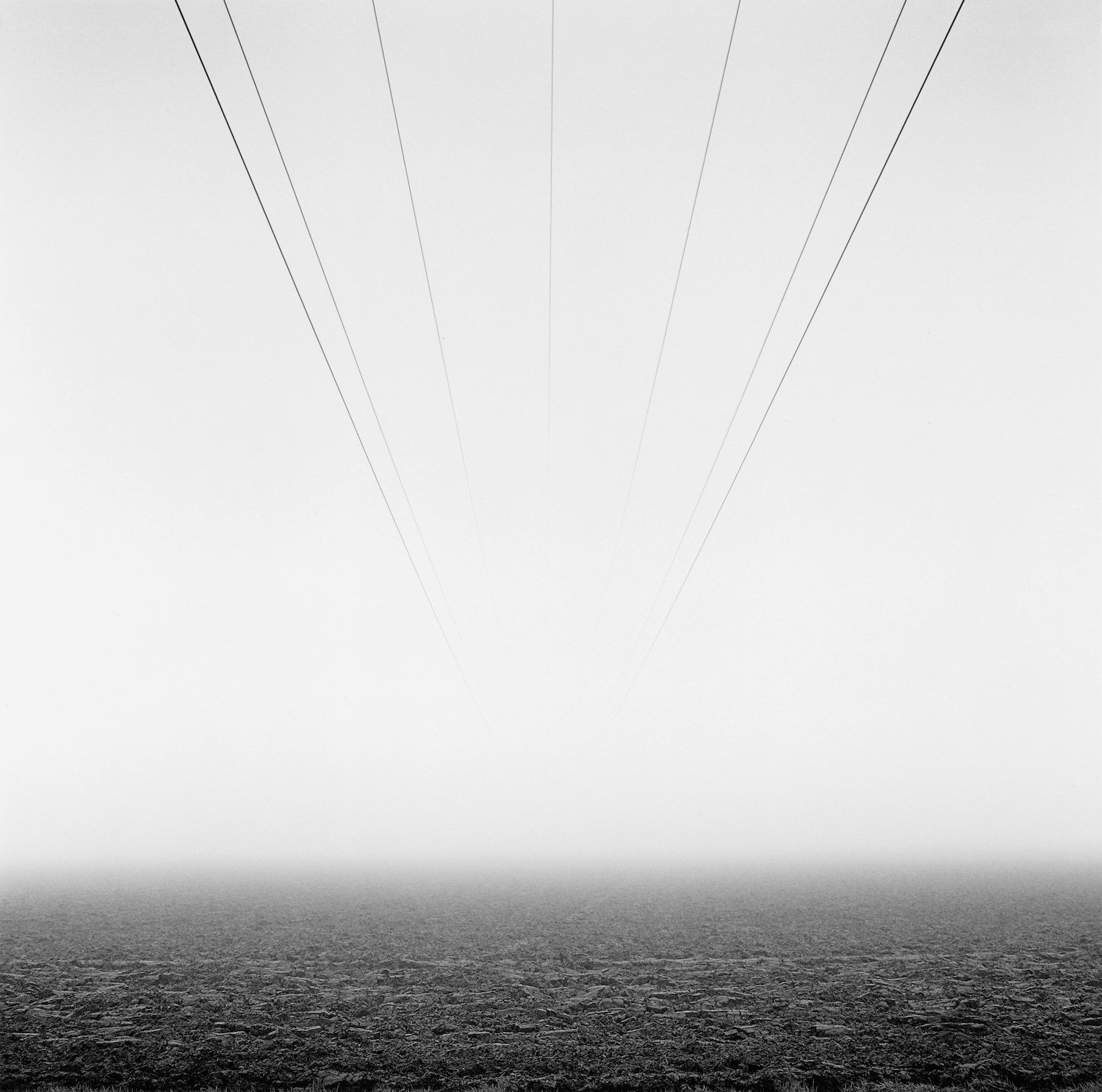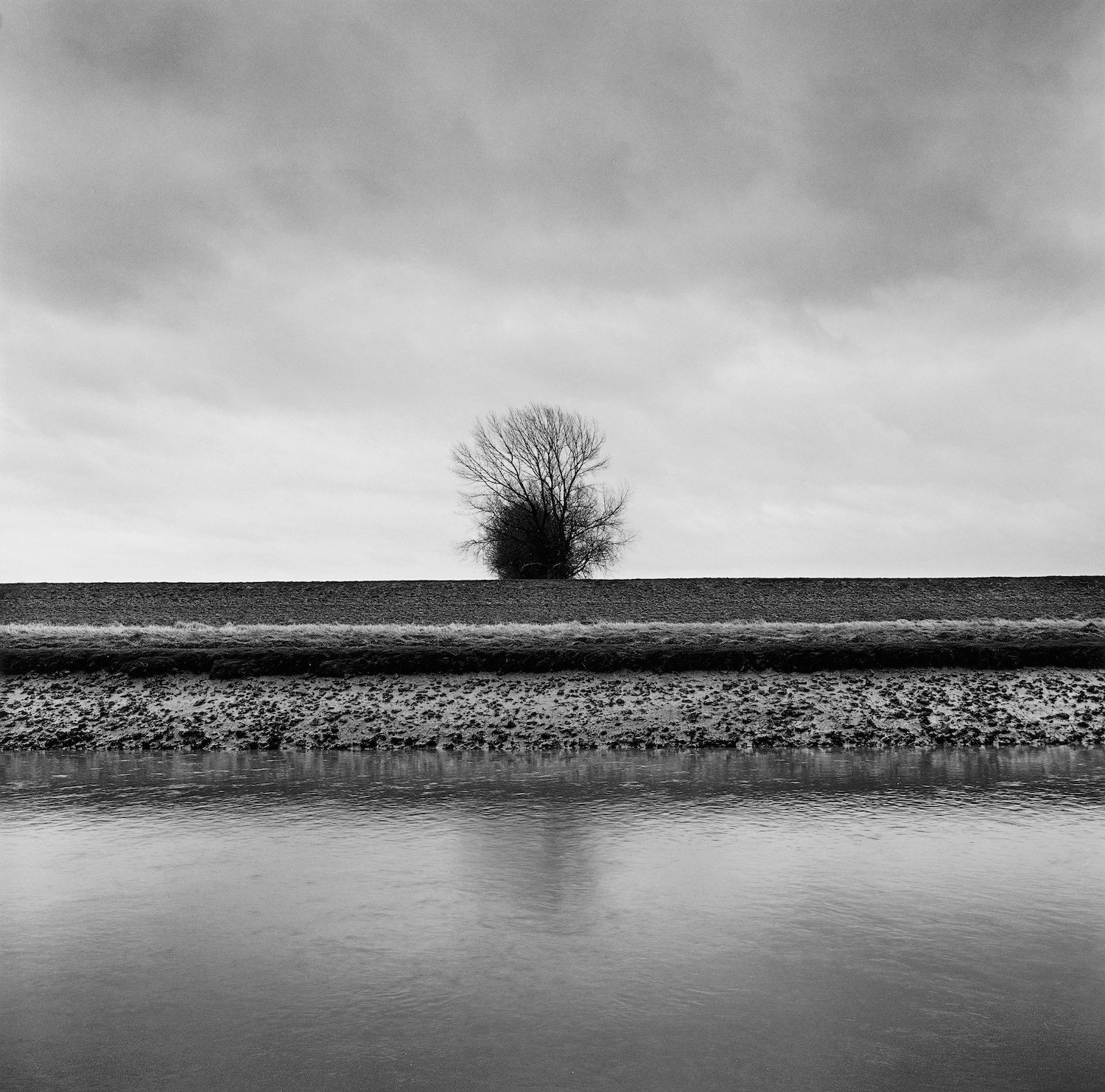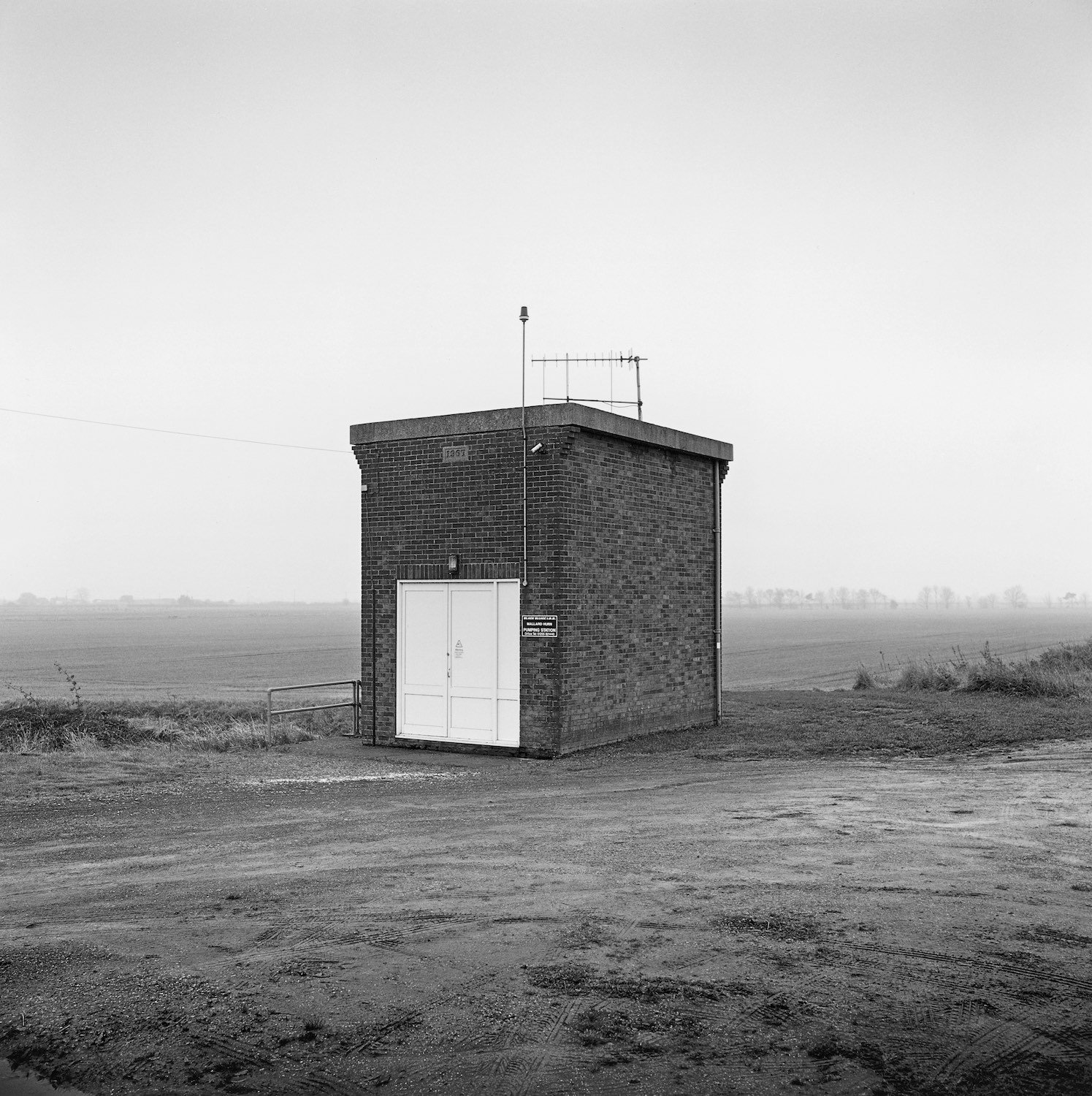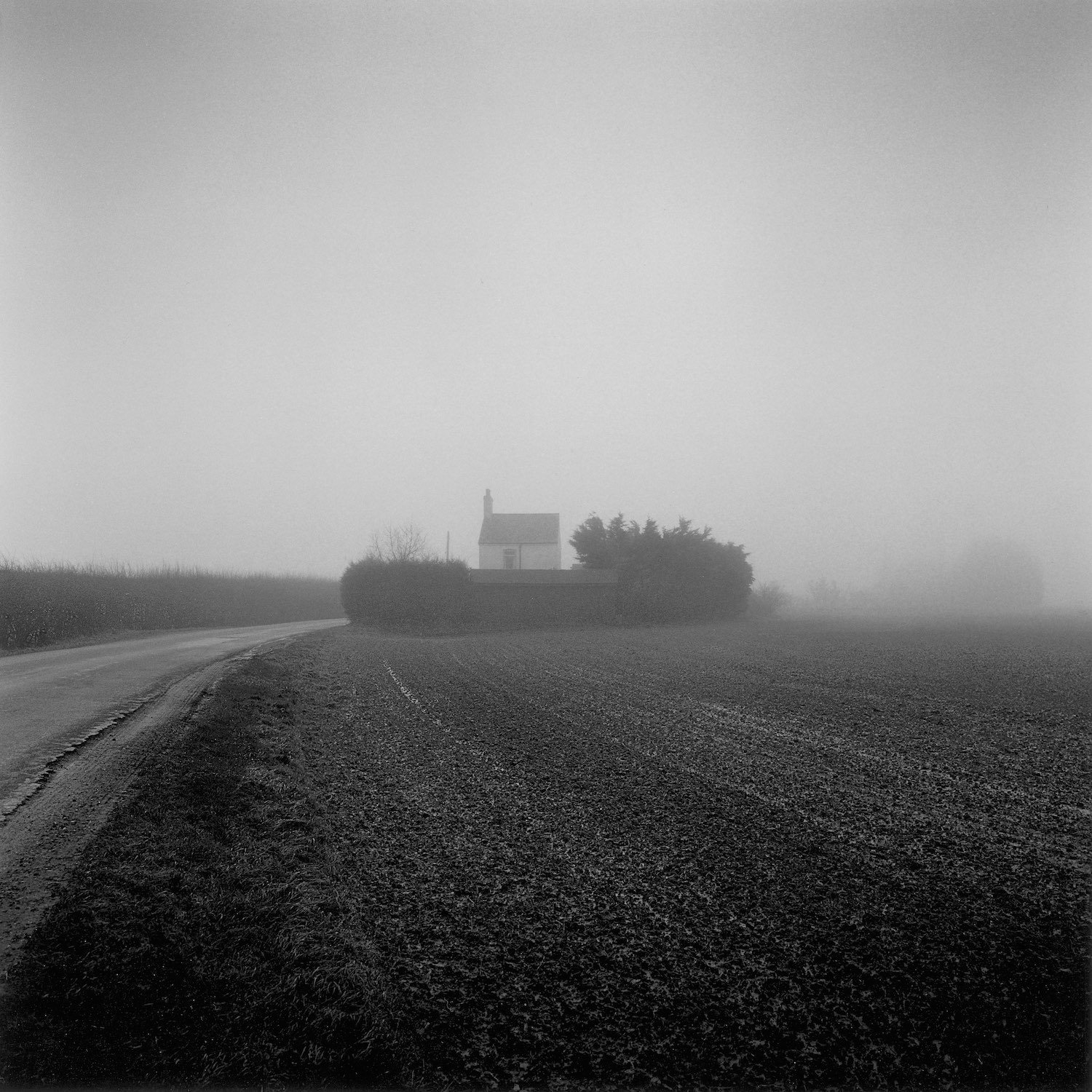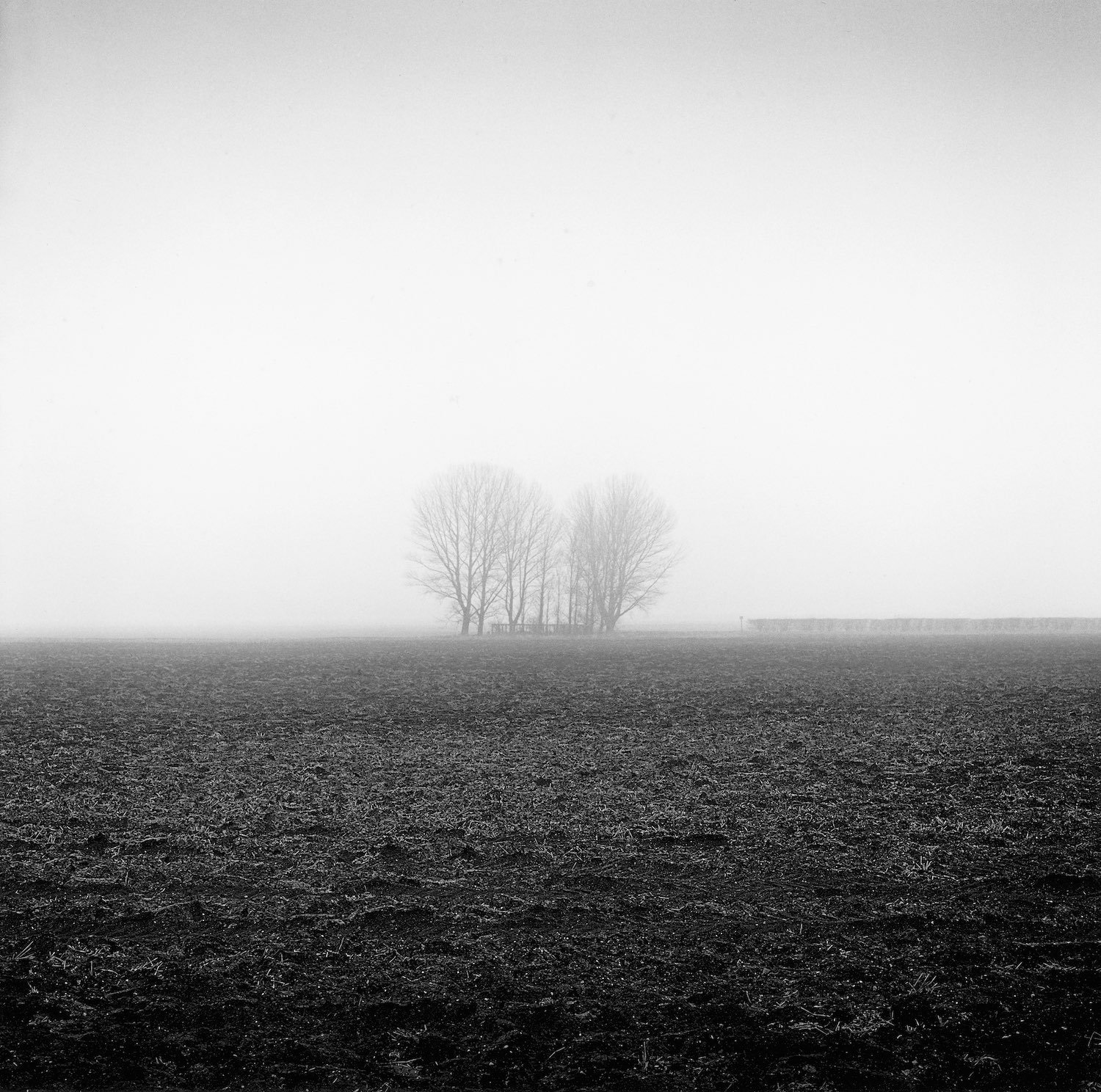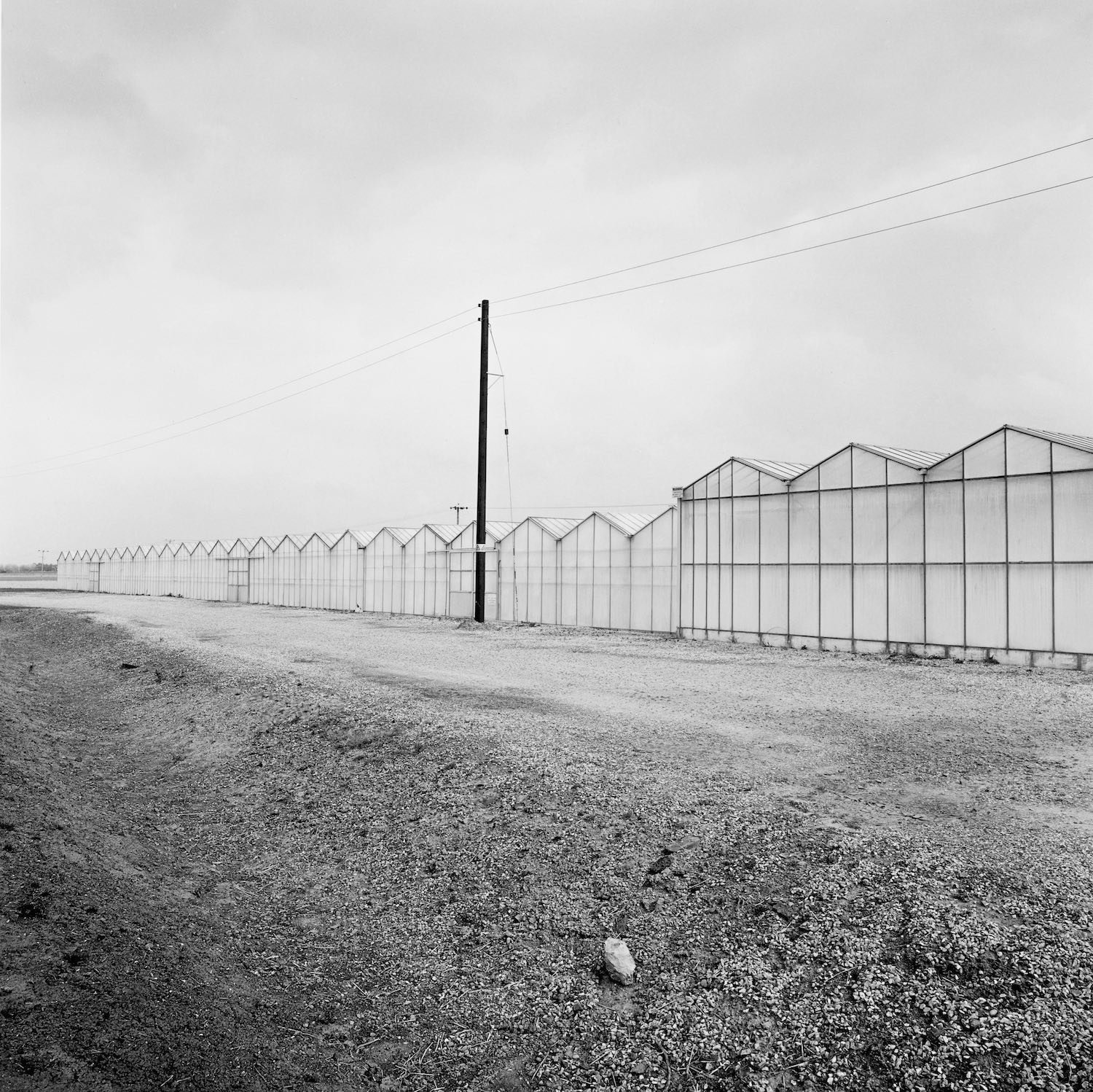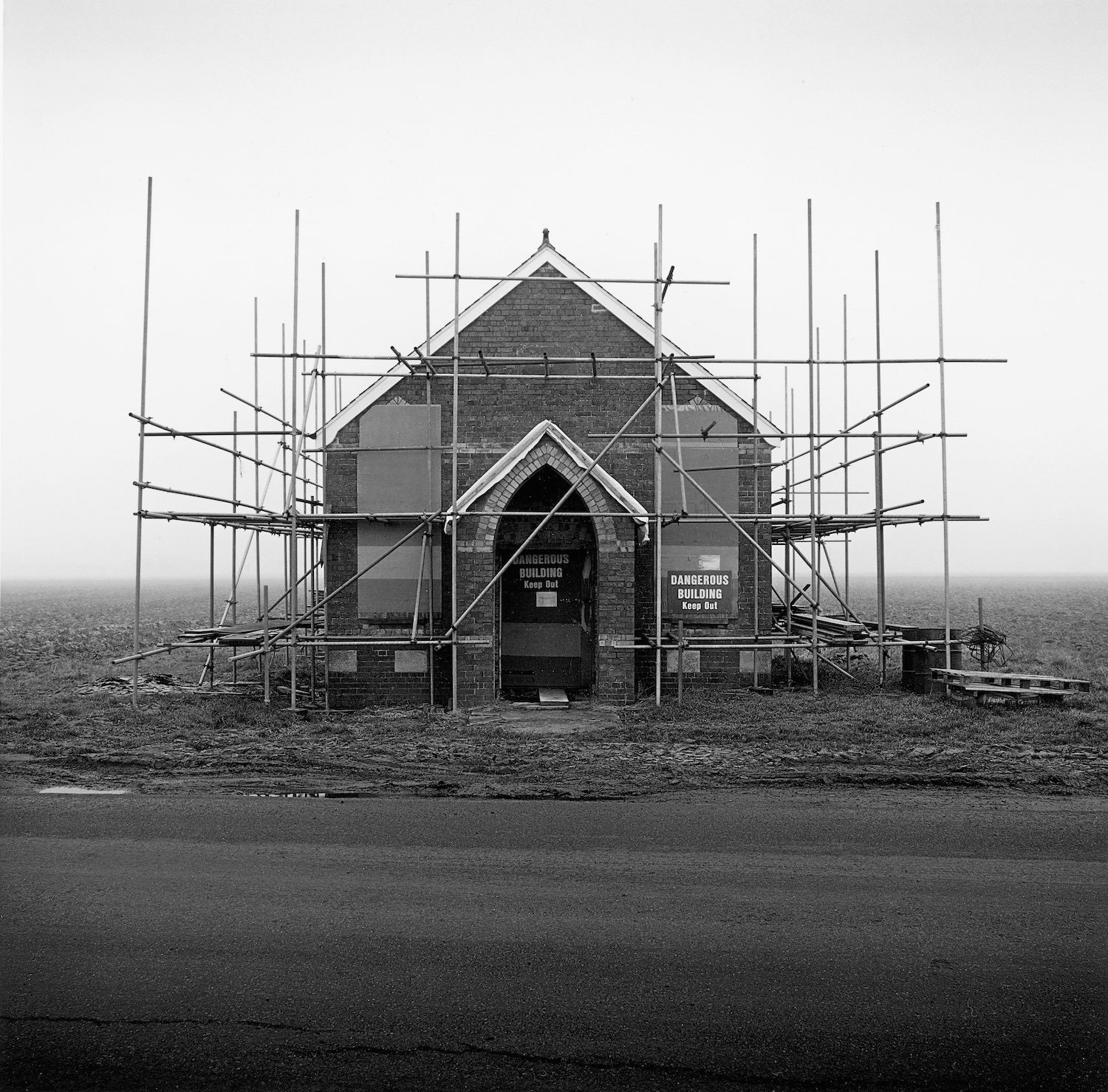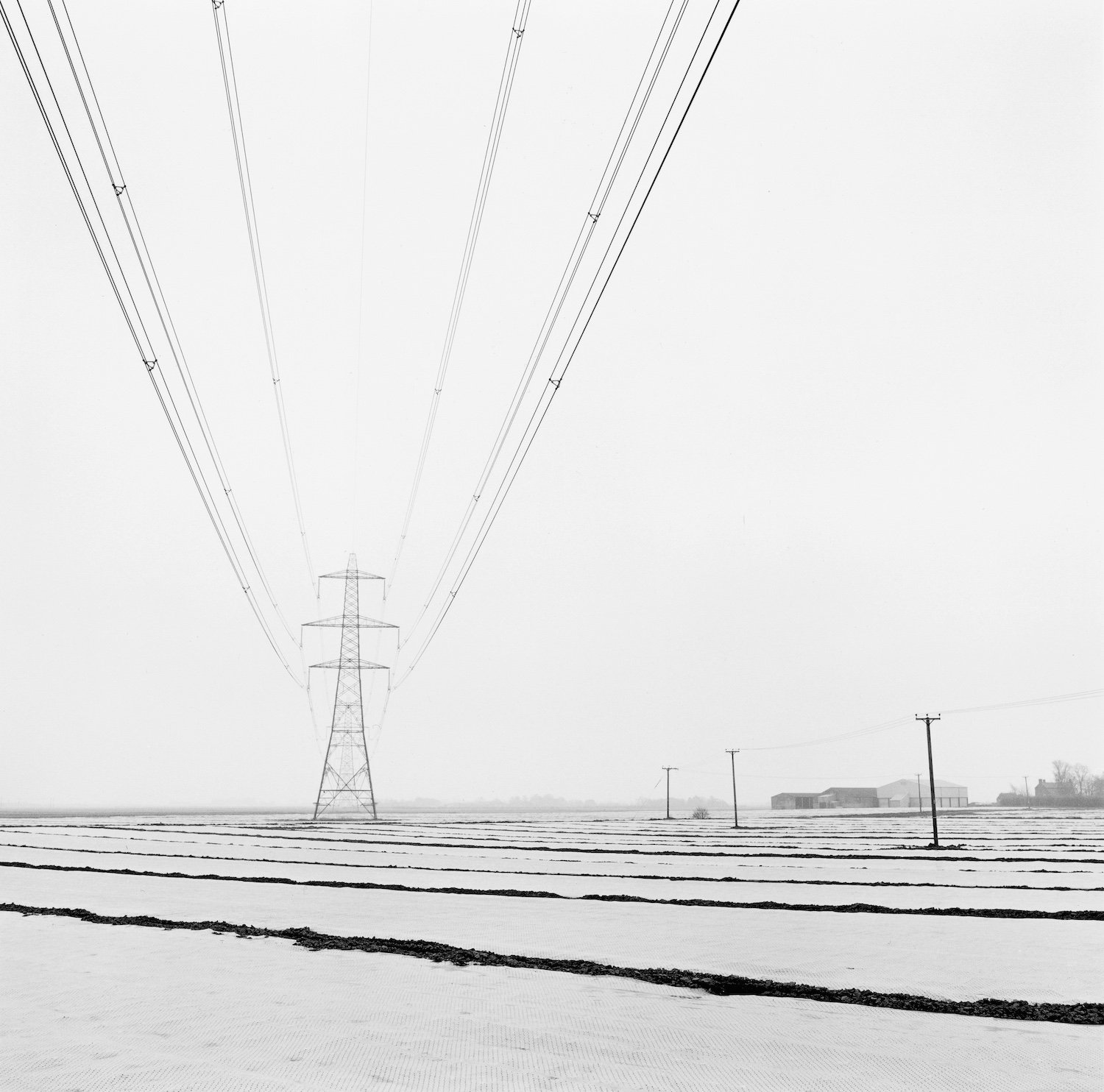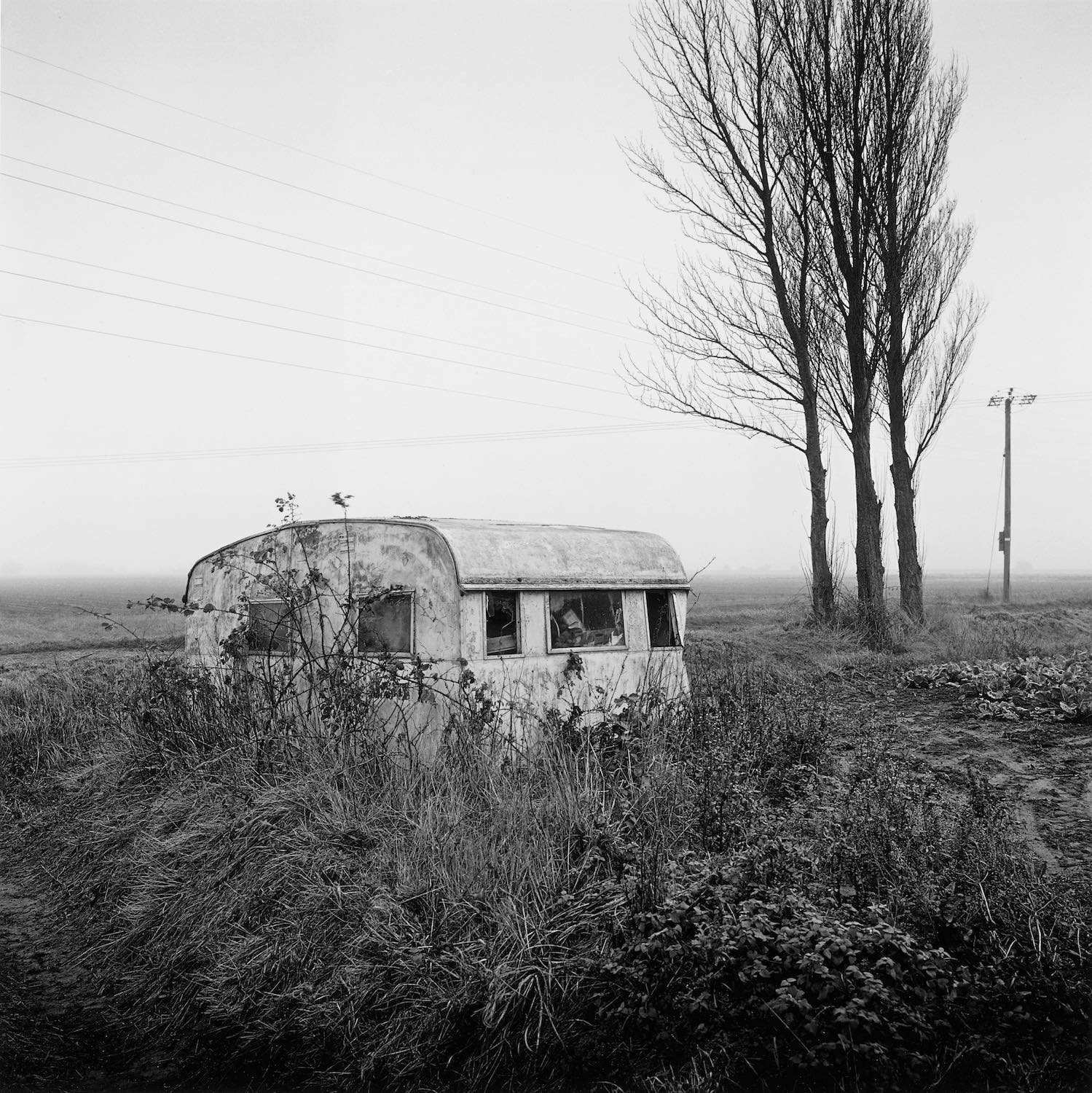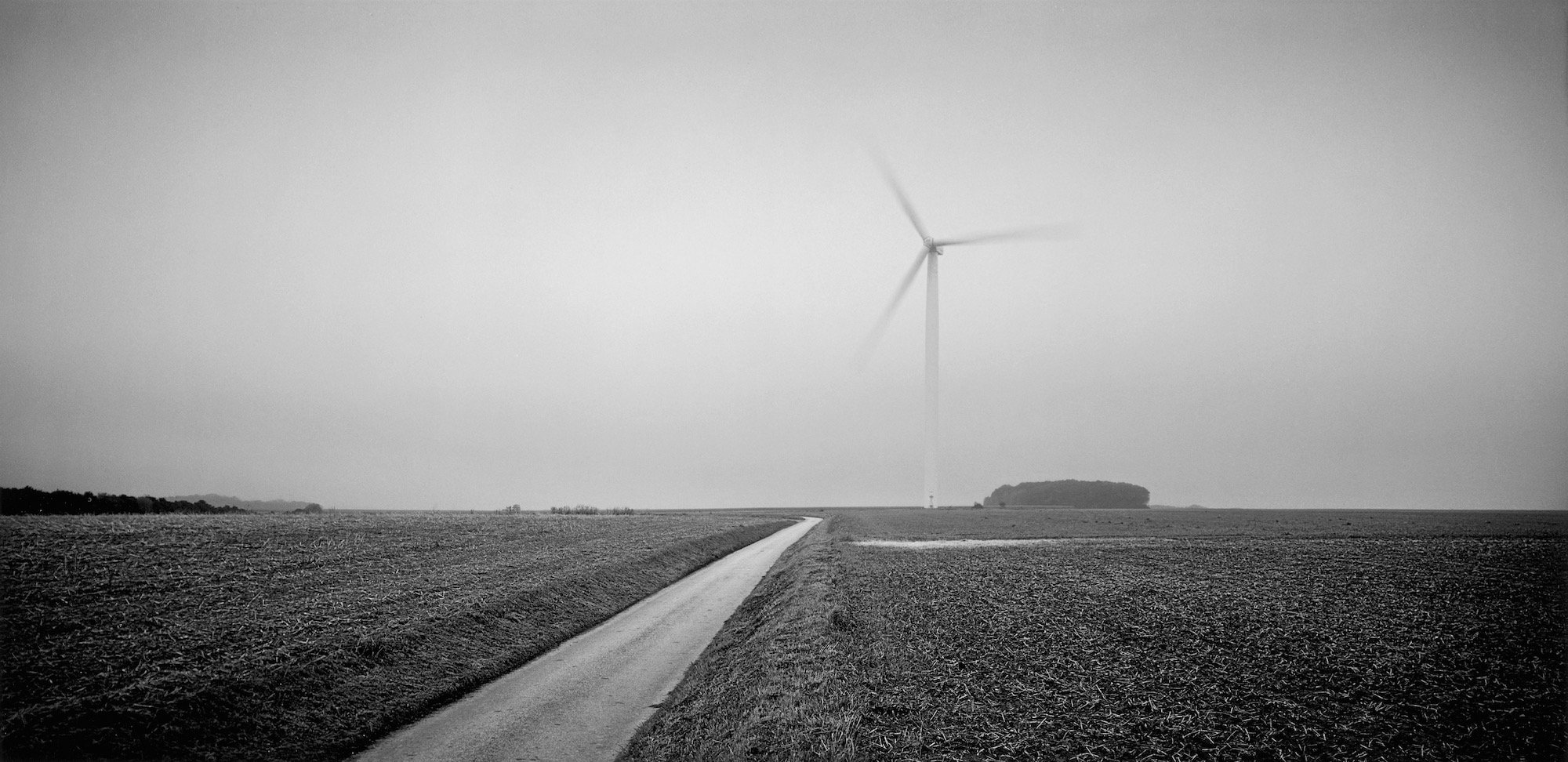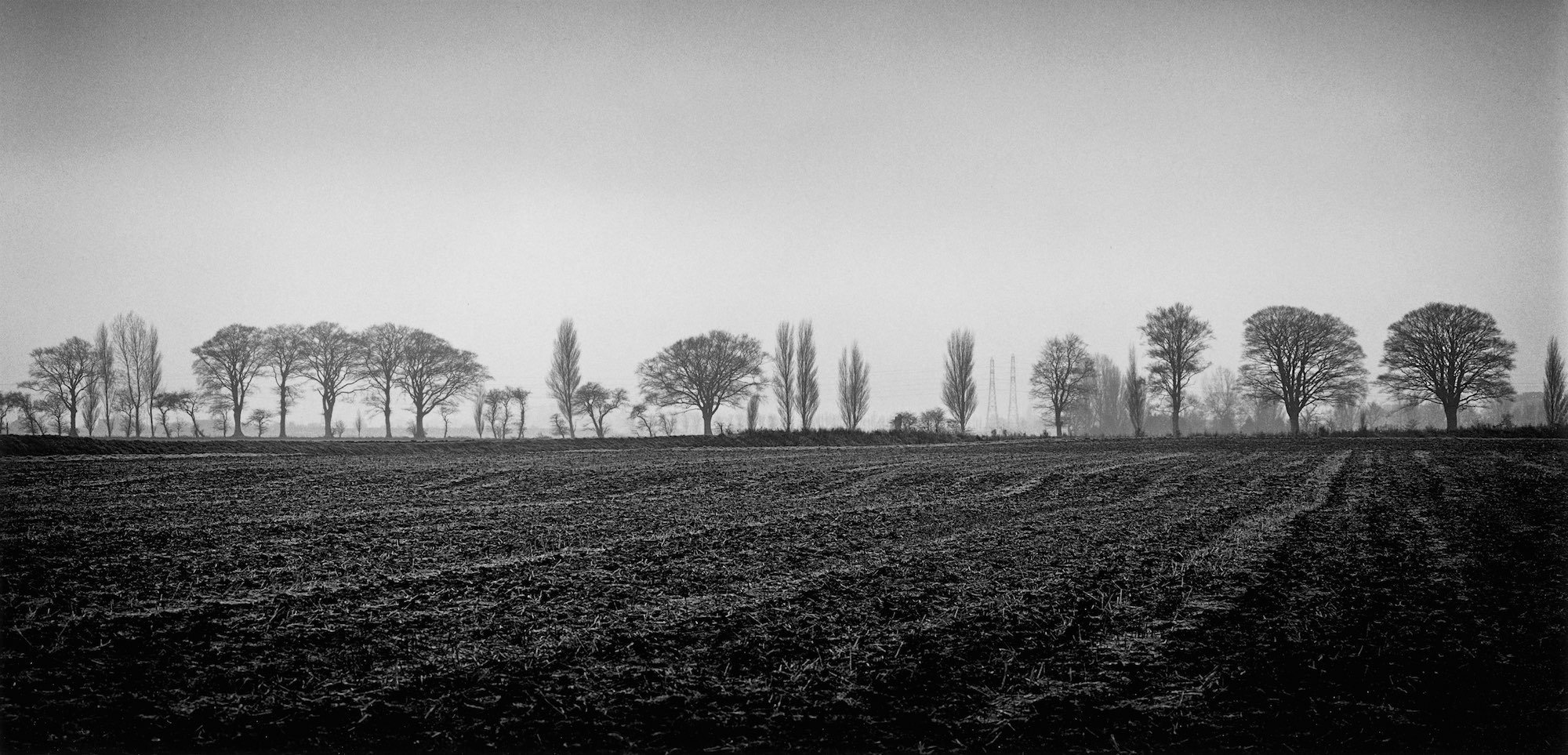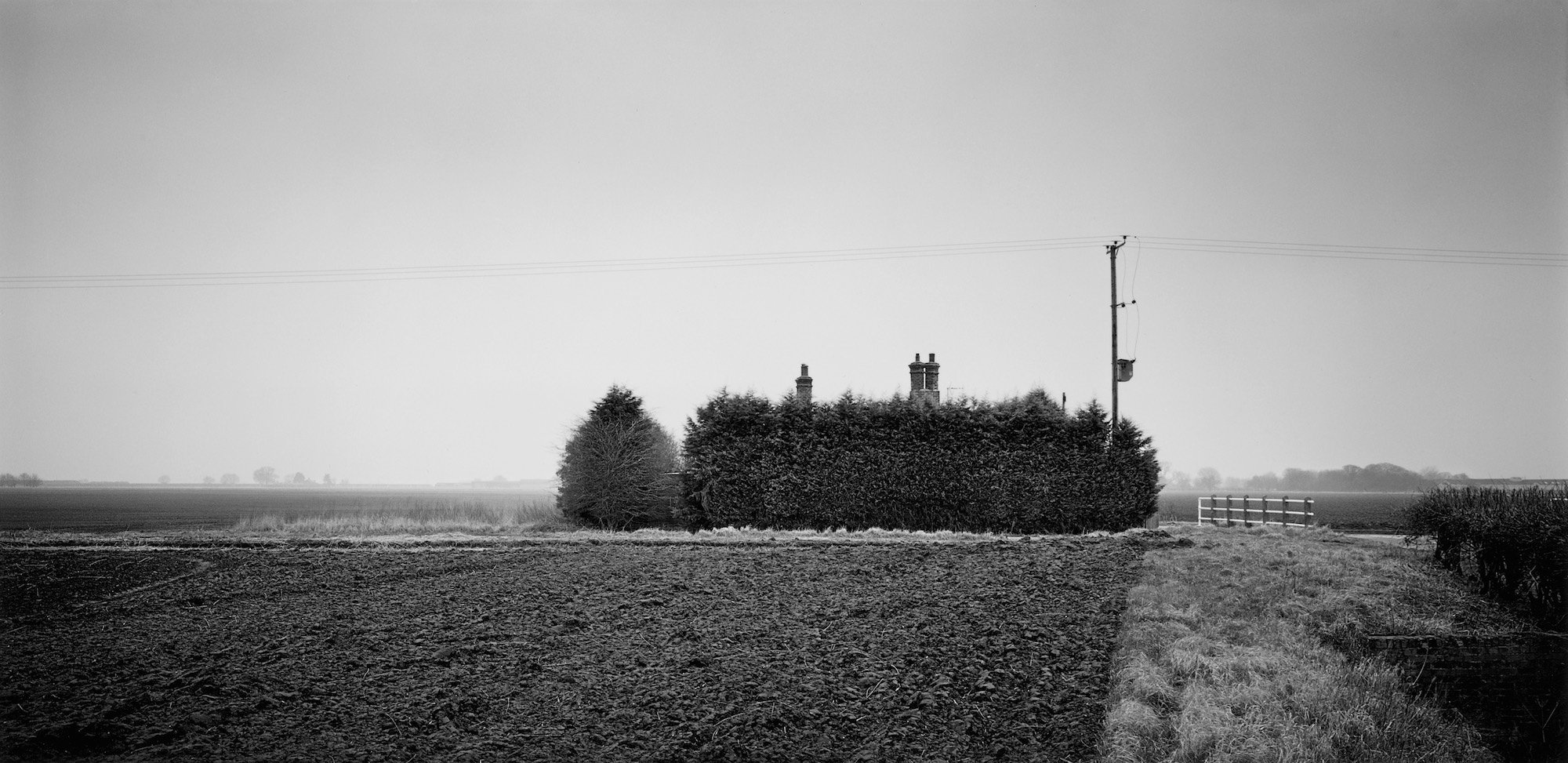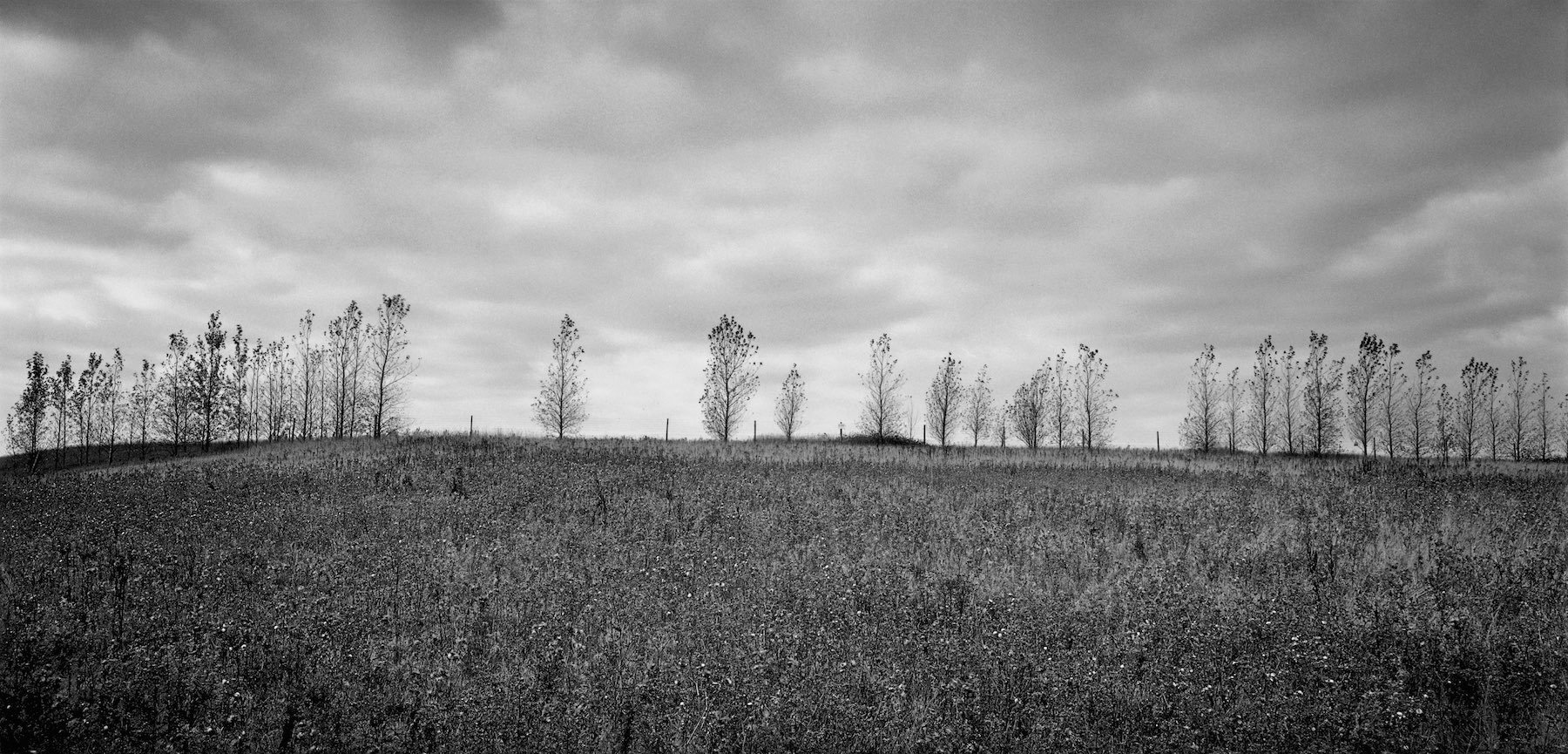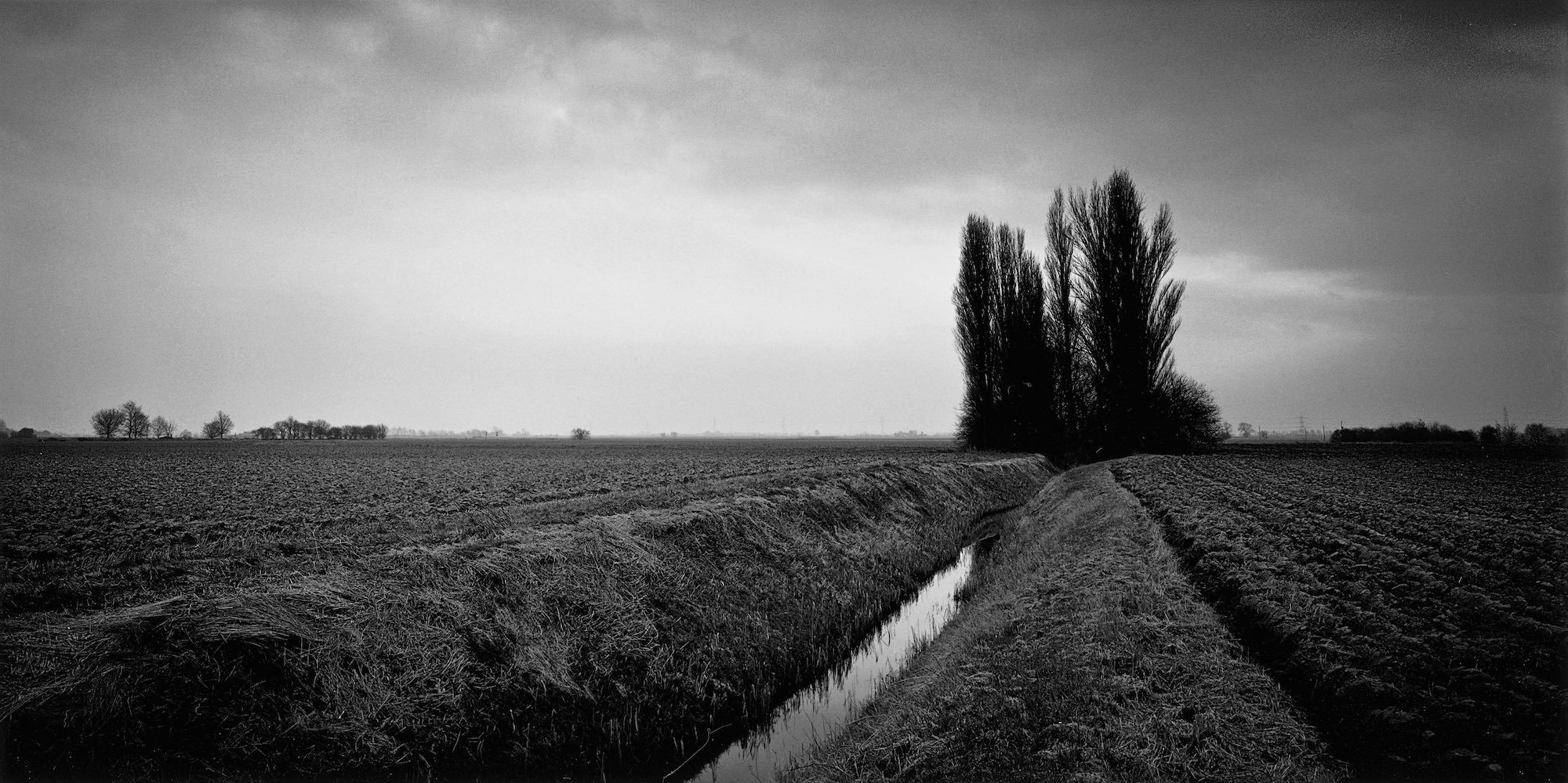FARMED
2009 - 2015
“Levelled every bush and tree and levelled every hill /
And hung the moles for traitors - though the brook is running still”
Holbeach St. Matthew
Hart’s work examines human-altered topography and our occupation and stewardship of the land, usually concentrating on one specific geographical region where he photographs intensively over a number of years. FARMED is the first part of The Fenland Trilogy made over a ten year period in the eastern counties of England. The series has been internationally exhibited and prints reside in a number of important collections including the Victoria & Albert Museum, The Hyman Collection and the MoMA Art Library Collection. To considerable critical acclaim, FARMED was first published in 2016. The publication was reprinted in 2018 and is now long out of print.
EXHIBITION PRINTS
FARMED comprises 56 pictures available in limited editions :
Silver gelatin prints
Image sizes up to : 18 x 18 in / 46 x 46cm
Large-scale fibre based baryta prints :
40 x 40 in / 102 x 102 cm
Printed by Paul Hart
OTHER PUBLICATIONS
This Pleasant Land | Rosalind Jana (Hoxton Mini Press) 2022
Another County | Gerry Badger (Thames & Hudson/MPF) 2022
Monograph
FARMED | Dewi Lewis Publishing
First published 2016 reprinted 2018 now out of print
Essay : Constructing Fate | Steven Collier Brown
“Hart’s interest is in the constant play between the natural and manmade world, and his photographs capture nature’s ability to endure and triumph when co-existing with human interference. They are also a comment on man’s impact on the environment and historic exploitation of the natural world.”
“The landscapes in Paul Hart’s series, Farmed, are at once beautiful and beleaguered, full and empty, alive and dead. The disappearances between these conditions are the true subjects. One feels their presence in every photograph....Hart’s photographs raise important questions about possession, ownership, mobility, stewardship, history, memory, perspective - the list goes on. But none of these would matter much if these photographs were not, in their attention to the poetry of the place, earnest and moving”

